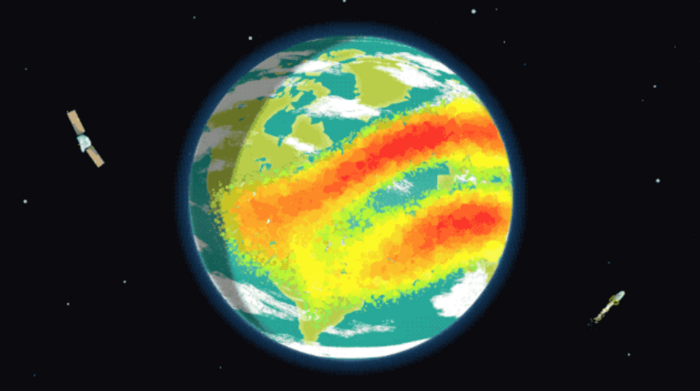3 rockets ready to launch to study the solar eclipse of April 8 - Space and Astronomy. NASA will send them into the upper part of the atmosphere one at a time, 45 minutes before, during the peak and 45 minutes after the event.
The next total solar eclipse visible from the United States won't occur until 2044, so these experiments represent a rare opportunity to collect important data. The rockets, which have been dusted off and updated after having already been used in October last year during the annular solar eclipse, will be launched from NASA's Wallops base in Virginia.

